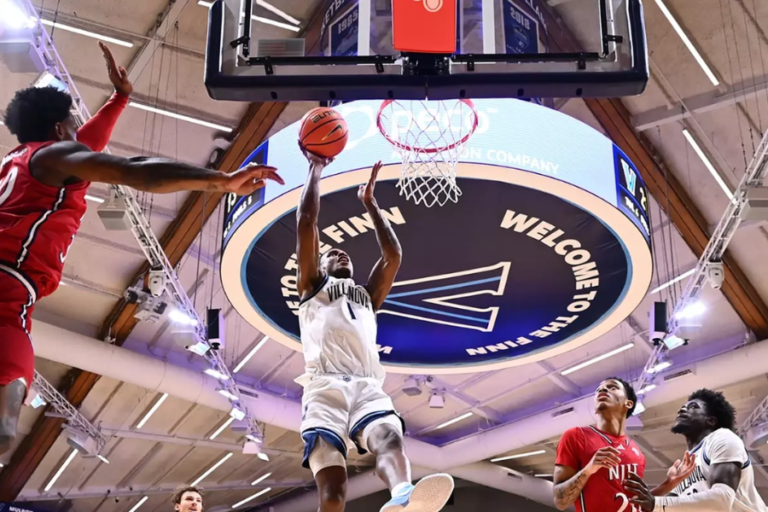CDM Soccer Tactics: How to Excel as a Central Defensive Midfielder
The Central Defensive Midfielder (CDM) is a pivotal role in soccer, bridging the gap between defense and attack. Positioned at the heart of the action, the CDM provides balance on the field, offering a 360-degree view that allows them to control the game’s tempo. This guide will explore the key responsibilities of a CDM, the traits required for success in the position, and highlight some world-class players to learn from.
The Role of a Central Defensive Midfielder (CDM) in Soccer
A CDM operates as the backbone of the team, strategically positioned in front of the central defenders and behind the more attacking midfielders. The main objective of a CDM is to link the defense and attack while maintaining a solid defensive shape. The CDM must disrupt the opposition’s attacks, protect the defensive line, and initiate offensive plays.
There are generally two types of CDMs: the deep-lying playmaker and the holding midfielder. The deep-lying playmaker focuses on distributing the ball and setting the tempo of the game, while the holding midfielder emphasizes defensive duties, shielding the backline from opposition threats. The specific role a CDM plays is influenced by the team’s tactics and formation.
Key Responsibilities of a Central Defensive Midfielder
A CDM must perform a wide array of tasks, including:
Defensive Duties:
The primary job of a CDM is to protect the defense by intercepting passes, making tackles, and blocking shots. This role requires not only physical attributes like strength and agility but also tactical awareness. A good CDM must anticipate the opposition’s moves, positioning themselves strategically to disrupt attacks before they develop.
Winning Aerial Duels:
In set-piece situations, such as corner kicks or free kicks, CDMs are often called upon to win aerial duels. Whether heading the ball clear of danger or directing it to a teammate, dominating in the air is essential to their role. Controlling the midfield, particularly in the air, helps the team gain dominance over the opposition.
Ball Distribution:
CDMs are also tasked with starting attacks by distributing the ball efficiently. They must be capable of making accurate short and long passes to transition the team from defense to offense. A CDM must constantly be aware of their surroundings, scanning the field before receiving the ball to make quick, effective decisions.
Leadership and Communication:
Given their central position, CDMs often take on a leadership role, organizing the team’s defensive shape and communicating with teammates. They must ensure that the entire team remains cohesive, particularly when under pressure from the opposition.
Key Attributes of a Successful CDM
Excelling as a CDM requires a combination of physical, mental, and tactical attributes:
Athleticism:
A modern CDM needs to be more than just physically strong. They must possess a balance of strength and coordination. Athletic strength relies heavily on coordination, which allows players like N’Golo Kante to compete against larger opponents despite his smaller stature.
Speed and Agility:
CDMs must be quick, both physically and mentally. Their ability to transition from defense to attack, close down space, and intercept passes is vital. Speed and agility allow a CDM to cover large areas of the pitch efficiently.
Tactical Awareness:
A high soccer IQ is crucial for CDMs. They need to understand the flow of the game, communicate with teammates, and make tactical decisions that benefit the team. Tactical intelligence allows players like Sergio Busquets to compensate for a lack of speed with smart positioning and decision-making.
Mental Resilience:
Playing as a CDM also demands mental toughness. CDMs need to stay calm under pressure, make quick decisions, and recover swiftly from any mistakes. Maintaining composure in high-stress situations is a hallmark of a successful CDM.
Contributing to the Attack:
Though primarily a defensive role, CDMs are also expected to contribute to the attack by playing forward passes that create goal-scoring opportunities. A CDM’s ability to take risks and play the ball forward is crucial for transitioning from defense to offense.
Top CDMs to Study and Learn From
To master the CDM position, studying world-class players is key. Here are some of the best CDMs to watch and learn from:
- Sergio Busquets: A Barcelona and Spain legend known for his intelligence and control over the game, currently playing for Inter Miami FC.
- N’Golo Kante: A Chelsea and French legend, now playing for Al-Ittihad in Saudi Arabia, celebrated for his relentless work rate and ability to break up opposition attacks.
- Rodri: A dominant force in the midfield for Manchester City and the Spanish national team, known for his ball distribution and game-reading skills.
- Casemiro: Former Real Madrid star, now playing for Manchester United, famous for his defensive prowess and leadership on the field.
- Declan Rice: A rising star in world football, playing for Arsenal and the England national team, known for his tactical intelligence and versatility.
FAQs:
- What is the role of a CDM in soccer?
A CDM (Central Defensive Midfielder) links the defense and attack, protecting the backline and initiating offensive plays. They disrupt opposition attacks, win aerial duels, and distribute the ball. - What are the key responsibilities of a CDM?
CDMs are responsible for intercepting passes, making tackles, controlling the midfield, winning aerial duels, distributing the ball, and organizing the team’s defensive shape. - How does a CDM contribute to the attack?
While primarily defensive, CDMs contribute by distributing the ball forward, creating passing lanes, and sometimes taking risks to set up goal-scoring opportunities. - What skills are important for a CDM?
Important skills include athleticism, speed, agility, tactical awareness, mental resilience, and effective ball distribution. - Who are some of the best CDMs in soccer history?
Top CDMs to study include Sergio Busquets, N’Golo Kante, Rodri, Casemiro, and Declan Rice, all known for their exceptional skills and influence on the game.
Facts:
- A CDM plays a pivotal role in both defense and attack, balancing the team’s structure from the center of the field.
- There are two main types of CDMs: the deep-lying playmaker (focuses on passing) and the holding midfielder (focuses on defense).
- CDMs must excel in intercepting passes, tackling, and controlling the midfield to disrupt opposition attacks.
- Successful CDMs, like N’Golo Kante and Sergio Busquets, often compensate for physical attributes with tactical intelligence and positioning.
- Despite their primarily defensive role, CDMs are crucial in transitioning from defense to offense and creating goal-scoring opportunities.
Summary:
The Central Defensive Midfielder (CDM) is a critical position in soccer, bridging the gap between defense and attack. Key responsibilities include protecting the defensive line, intercepting passes, distributing the ball, and organizing the team’s formation. Successful CDMs, such as Sergio Busquets and N’Golo Kante, combine physical strength, tactical awareness, and mental resilience. Though their role is defensive, they are also vital in initiating offensive plays and contributing to the overall team strategy. Mastering this position requires a balance of defensive duties and playmaking abilities.
Stay ahead with the latest fashion and lifestyle trends at Glamouruer.co.uk.






